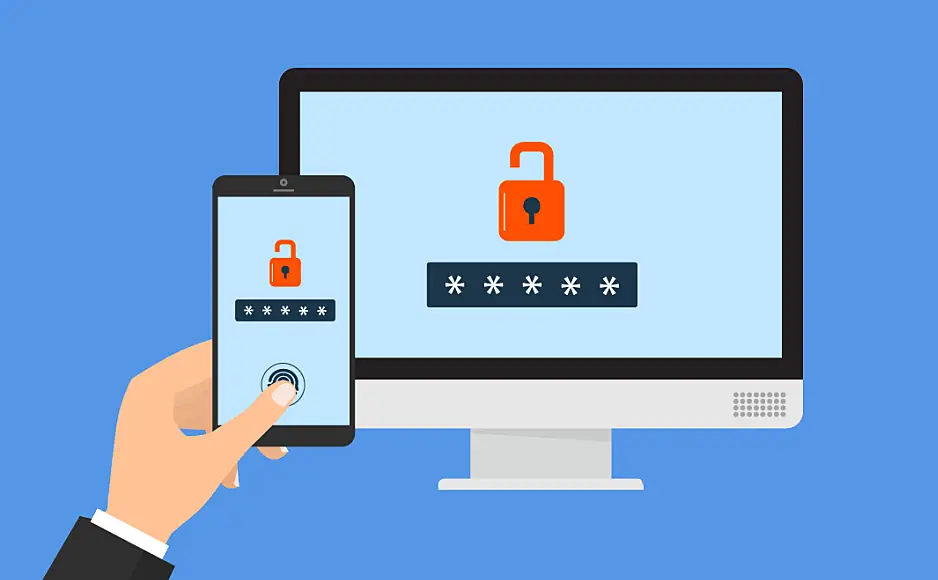Understanding Access Tokens and Refresh Tokens: A Beginner's Guide
 Shyam Sutar
Shyam Sutar
Welcome to my first blog on Hashnode! Today, we're diving into the world of access tokens and refresh tokens, which are crucial for secure and seamless user authentication in web and mobile applications. Let’s break it down in simple terms.
What Are Tokens?
Imagine you’re at a concert. You have a ticket that lets you enter and enjoy the show. In the digital world, this ticket is similar to what we call a token.
Access Tokens:
Access tokens are like your concert ticket. They are digital keys that allow you to access protected resources, like your email or private photos. When you log in to an app, you get an access token. Here’s what you need to know:
Short-lived: Access tokens usually last for a short time, like an hour or so.
Usage: You use this token to access your data without entering your password again and again.
Refresh Tokens:
Now, imagine the concert is really long, and your ticket expires after an hour. You don’t want to leave and buy a new ticket every hour. This is where refresh tokens come in:
Long-lived: Refresh tokens last much longer, often days or weeks.
Purpose: When your access token expires, you use the refresh token to get a new access token without having to log in again.
Why Not Just Use Long-Lived Access Tokens?
It might seem easier to just have an access token that never expires, but there are some important reasons not to do that:
Security: If someone steals your long-lived token, they can access your data for a long time. Short-lived tokens limit the damage.
Control: If something goes wrong, like suspicious activity, short-lived tokens make it easier to cut off access quickly.
Compliance: Many security standards and regulations recommend using short-lived tokens to protect user data better.
How Do They Work Together?
Here’s a simple flow of how access tokens and refresh tokens work together:
Login: You log in to an app and get two tokens: an access token and a refresh token.
Access Resources: Use the access token to access your data.
Token Expiry: After a short time, the access token expires.
Refresh: The app uses the refresh token to get a new access token without bothering you to log in again.
Continue Access: Keep using your data seamlessly with the new access token.
Access tokens and refresh tokens work together to keep your online experience secure and smooth. By using short-lived access tokens and long-lived refresh tokens, applications can protect your data and provide a seamless user experience.
Subscribe to my newsletter
Read articles from Shyam Sutar directly inside your inbox. Subscribe to the newsletter, and don't miss out.
Written by
